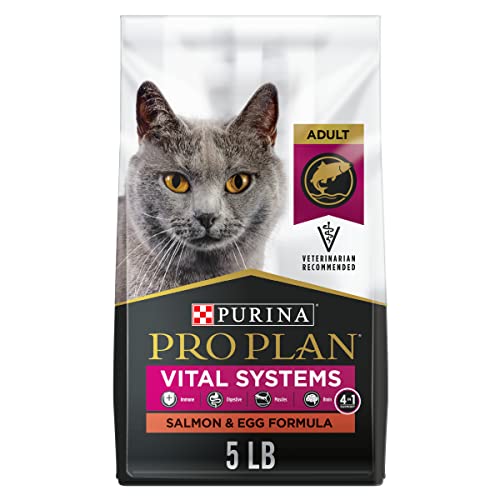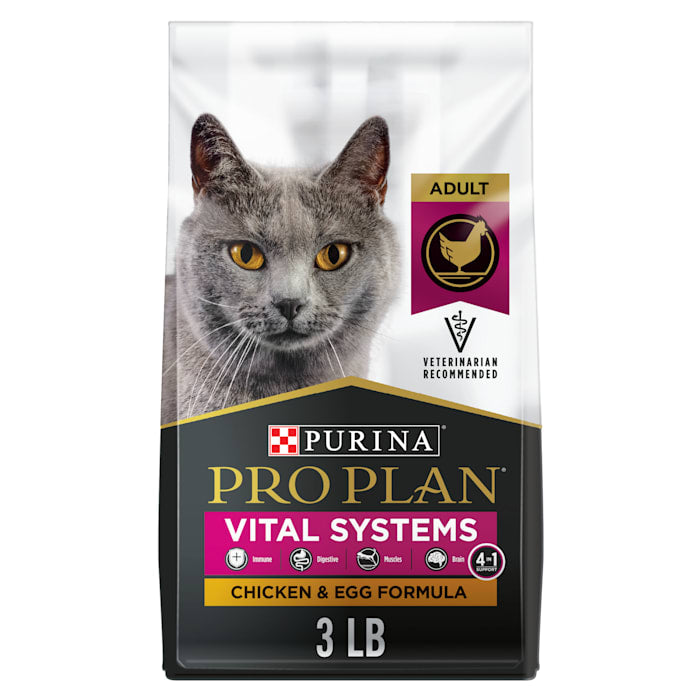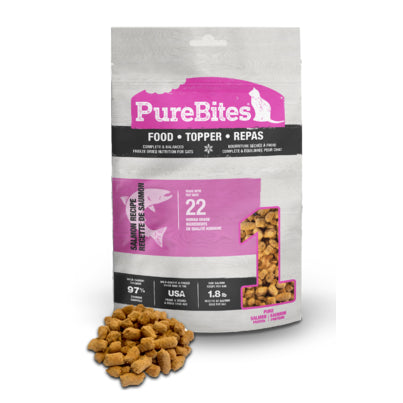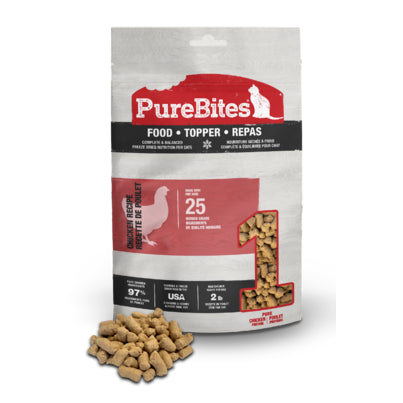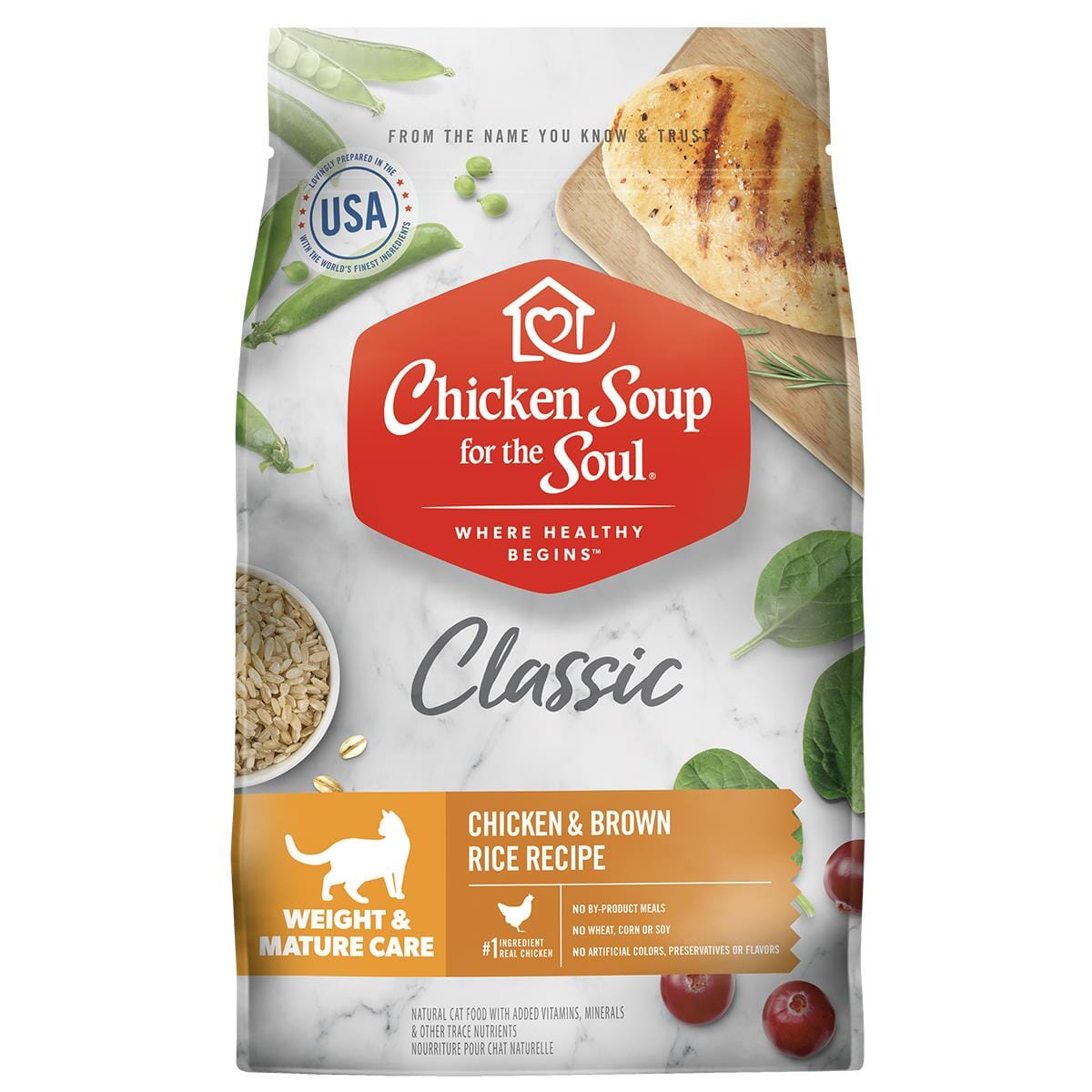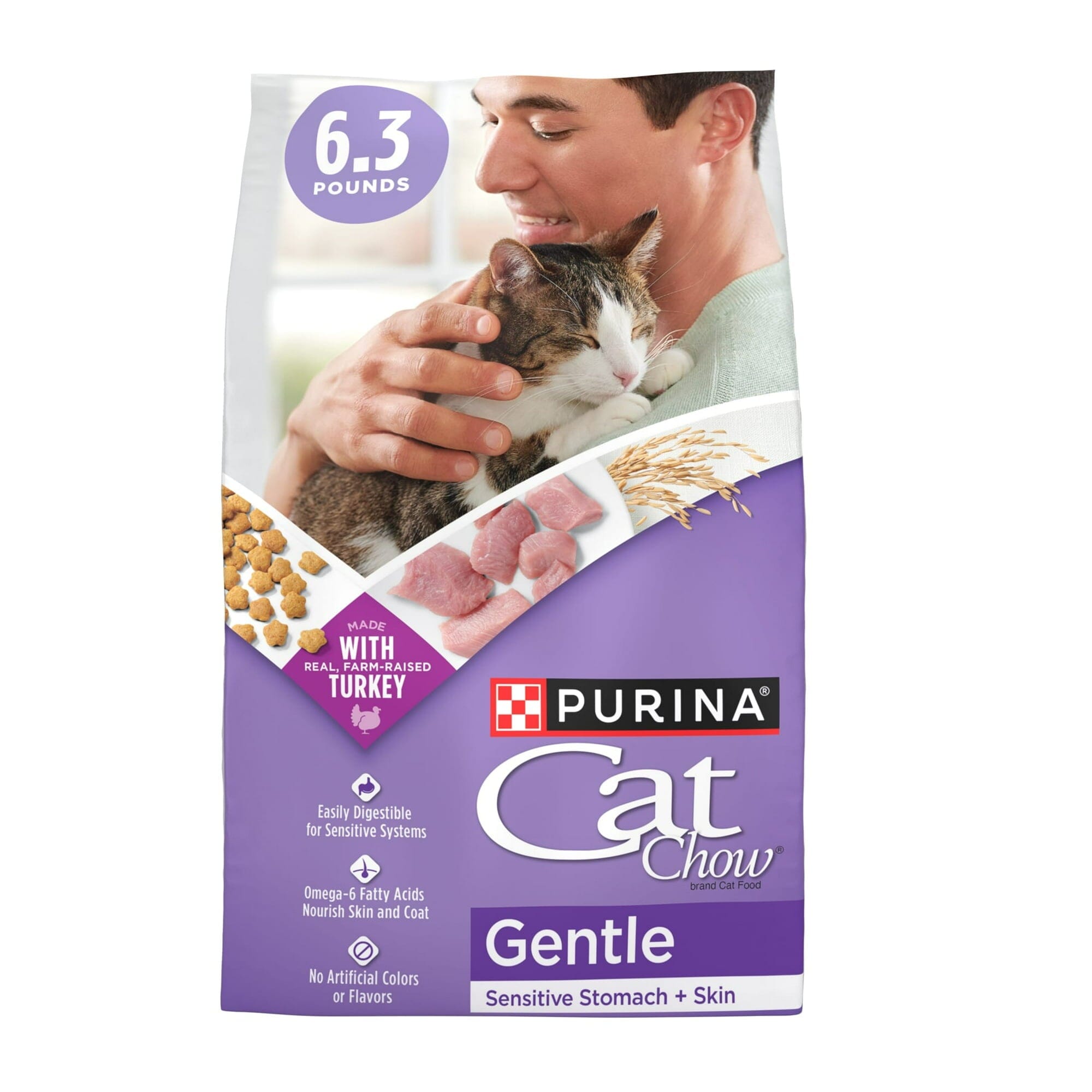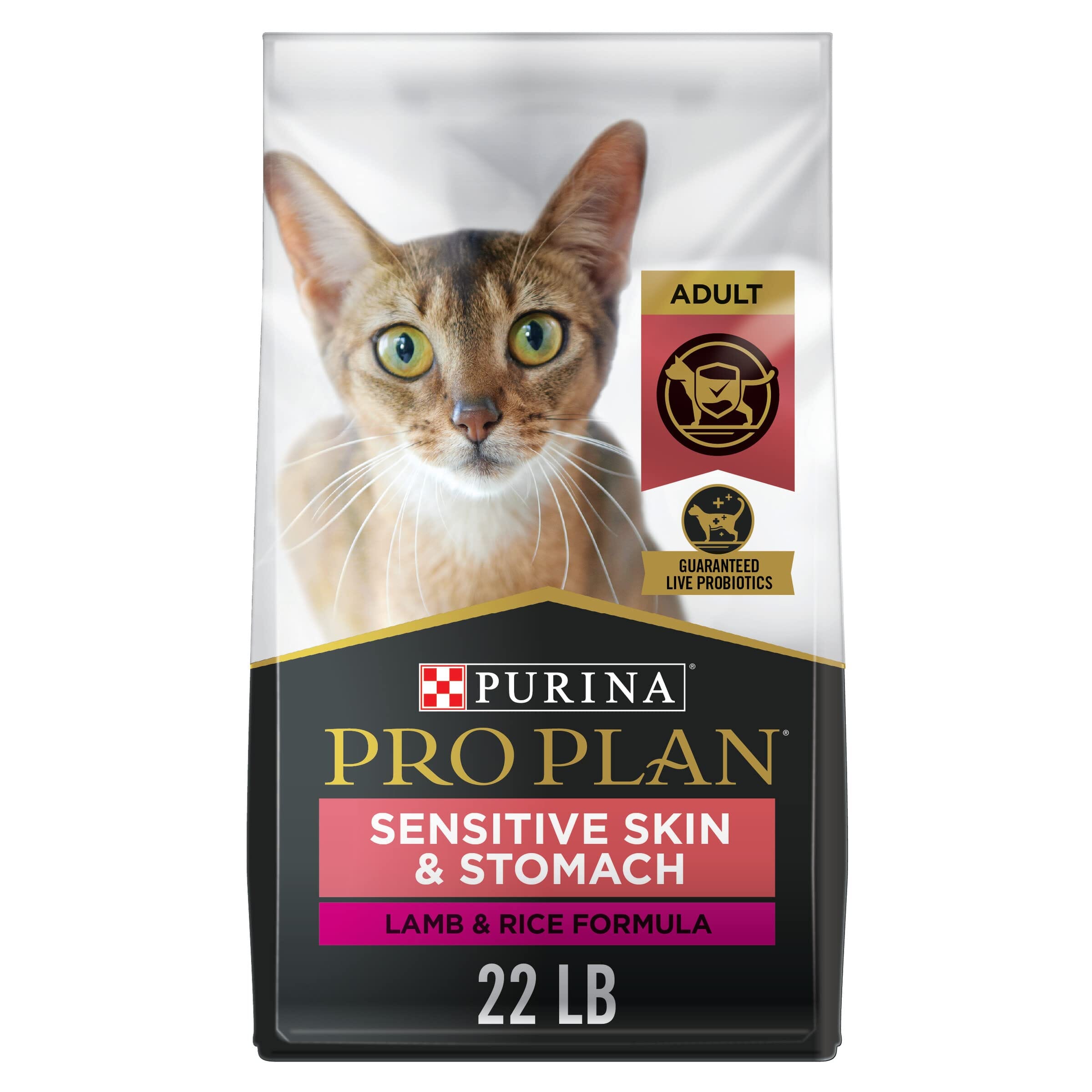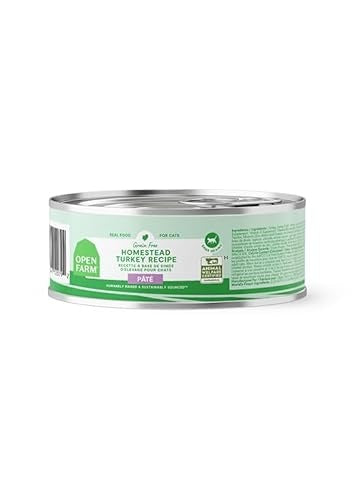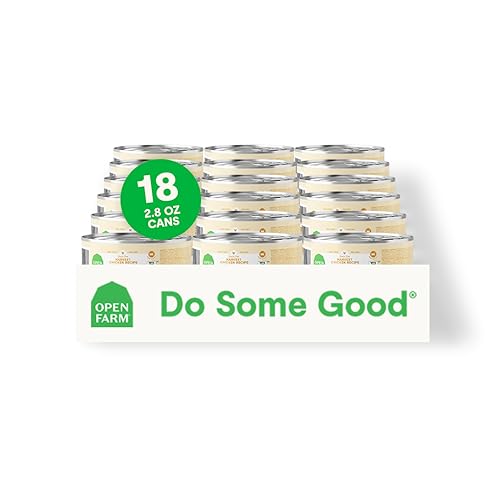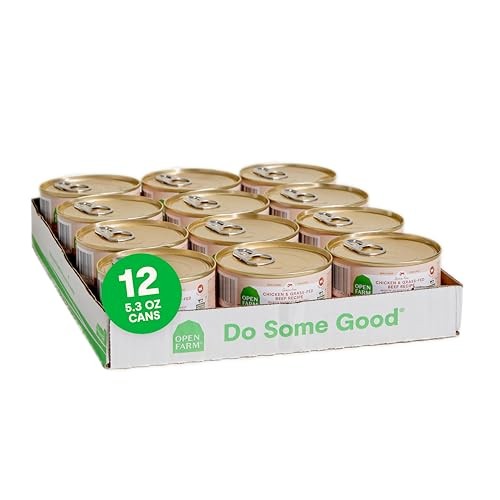Cat Food

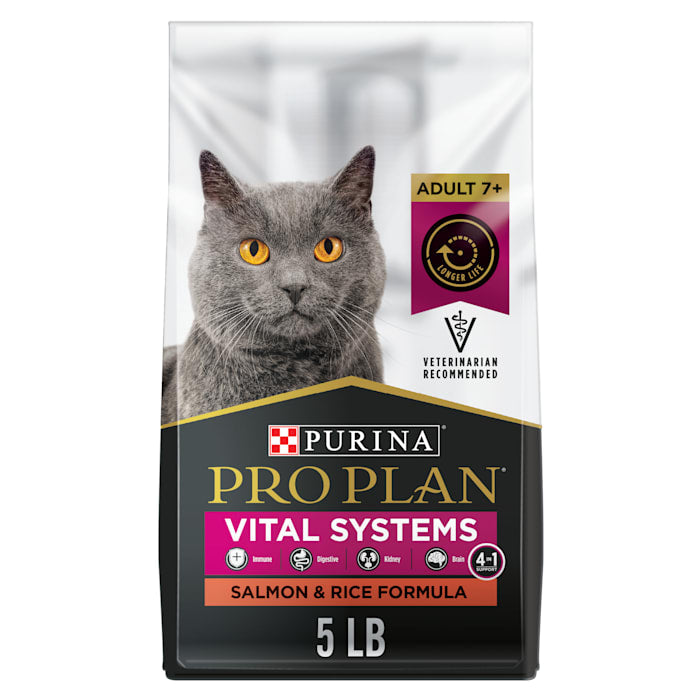
Purina Pro Plan Vital Systems 4-in-1 Support Salmon and Rice 7+ Senior Adult Dry Cat Food
- Sale price
- From $140.88
- Regular price
- $169.06
Purina Pro Plan Vital Systems 4-in-1 Support Salmon and Egg Adult Dry Cat Food
- Sale price
- From $140.88
- Regular price
- $169.06
Purina Pro Plan Vital Systems 4-in-1 Support Chicken and Egg Adult Dry Cat Food
- Sale price
- From $140.88
- Regular price
- $169.06
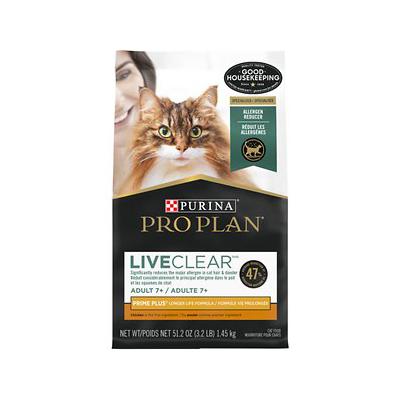
Purina Pro Plan LiveClear Allergen Reducing Prime Plus Chicken and Rice 7+ Senior Adult Dry Cat Food
- Sale price
- From $23.48
- Regular price
- $28.18
Purina Fancy Feast with Savory Chicken and Turkey Kitten Recipe Dry Cat Food - Case of 4
- Sale price
- From $48.75
- Regular price
- $58.50
Purebites Turkey Recipe Freeze-Dried Raw Cat Food Topper Pouch
- Sale price
- From $8.99
- Regular price
- $10.79
Purebites Salmon Recipe Freeze-Dried Raw Cat Food Topper Pouch
- Sale price
- From $8.99
- Regular price
- $10.79
Purebites Chicken Recipe Freeze-Dried Cat Food Topper
- Sale price
- From $8.99
- Regular price
- $10.79
Chicken Soup For The Soul Weight & Mature Care Dry Cat Food
- Sale price
- $41.97
- Regular price
- $50.37

Natural Balance Platefulls Regular Grain Free Turkey Chicken and Duck in Gravy Pouch Wet Cat Food
- Sale price
- $39.26
- Regular price
- $47.11
Chicken Soup for the Soul Chicken and Brown Rice Dry Cat Food - 4.5 Lbs
- Sale price
- $18.75
- Regular price
- $22.50
Bixbi Rawbble Chicken Recipe Freeze-Dried Cat Food - 3.5 Oz
- Sale price
- $10.92
- Regular price
- $13.10
Chicken Soup For The Soul Indoor Recipe with Chicken & Brown Dry Cat Food
- Sale price
- $41.97
- Regular price
- $50.37
Purina Cat Chow Gentle Sensitive Skin and Stomach Farm-Raised Turkey Dry Cat Food - 6.3 Lbs - Case of 4
- Sale price
- $64.42
- Regular price
- $77.30
Purina Pro Plan Sensitive Skin and Stomach Lamb and Rice Dry Cat Food - 22 Lbs
- Sale price
- $84.60
- Regular price
- $101.52
Open Farm Grain-Free Wild-Caught Salmon Dry Cat Food
- Sale price
- From $14.29
- Regular price
- $17.15
Open Farm Grain-Free Homestead Turkey Pate Recipe Canned Cat Food
- Sale price
- From $32.69
- Regular price
- $39.23
Open Farm Grain-Free Harvest Chicken Recipe Canned Cat Food
- Sale price
- From $32.69
- Regular price
- $39.23
Open Farm Grain-Free Chicken and Salmon Pate Kitten Formula Canned Cat Food
- Sale price
- From $32.69
- Regular price
- $39.23
Open Farm Grain-Free Chicken and Salmon Pate Canned Cat Food
- Sale price
- From $32.69
- Regular price
- $39.23
Open Farm Grain-Free Chicken and Grass-Fed Beef Pate Canned Cat Food
- Sale price
- From $32.69
- Regular price
- $39.23
Nulo Grain-Free Real Shreds Chicken Tuna Salmon in Broth with Flakes Canned Cat Food
- Sale price
- From $21.97
- Regular price
- $26.36
Nulo Grain-Free Real Shreds Chicken and Lamb in Broth Kitten and Adult Canned Cat Food
- Sale price
- From $21.97
- Regular price
- $26.36
Nulo Grain-Free Real Shreds Chicken and Duck in Broth Kitten and Adult Canned Cat Food
- Sale price
- From $21.97
- Regular price
- $26.36
Nulo Grain-Free Real Shreds Chicken and Beef in Broth Kitten and Adult Canned Cat Food
- Sale price
- From $21.97
- Regular price
- $26.36

Nulo Grain-Free Minced Tuna Chicken and Pumpkin in Broth Kitten and Adult Canned Cat Food
- Sale price
- From $21.97
- Regular price
- $26.36
Nulo Grain-Free Minced Chicken and Quail Egg in Broth Kitten and Adult Canned Cat Food
- Sale price
- From $21.97
- Regular price
- $26.36
Nulo Grain-Free Finely Minced Chicken in Broth Kitten and Adult Canned Cat Food
- Sale price
- From $21.97
- Regular price
- $26.36
Cat Food
Finding the "purrfect" cat food that incorporates a well-balanced diet is essential to maintaining your cat's health. Dry cat food is the most common type of cat food on the market because of its convenience and cost-effective price. Besides, this cat food has the widest variety of brands and tastes than any other cat food offering. This makes it easier for picky cats and their owners to try all the available dry cat food flavors and textures good for your cat's health.
Dry cat food comes in large bags, eliminating the need to order more food for a long time. Also, dry cat food doesn't need a refrigerator to keep fresh, making it an excellent alternative for pet parents on the go.
While dry cat food is more common, pet owners often prefer wet cat food over the dry variety. This cat food variety differs from dry cat food in texture and taste. Cat kibble can be hard for your feline to chew on and can cause inflammation around your cat's gums. In addition, it can cause some distress in your cat's intestinal tract and take longer to digest.
The best way to keep your cat's digestive health and dental care in check is by mixing dry and wet cat food, thus offering the best taste and health. Besides, older cats and kittens may suffer from indigestion, so mixing their food is often the best option. Wet cat food is also easier to chew and comes with many other health benefits for your cat.
While wet cat food is easier to digest, opened cans of wet cat food need to be stored in your refrigerator in a sealed container to keep the food fresh.
Picky cats aren't uncommon, and it might be challenging to get your cat a healthy diet. This is where introducing cat food toppers and mixers can provide the added nutrition you cats need while spicing up their meals. Cat food toppers and mixers offer a variety of tantalizing flavors that are healthy and formulated, providing the extra protein your cat needs. In addition to traditional food flavors, such as beef, bonito flakes, milk, and festive flavors like pumpkin and turkey, try adding some extra flavors to your cat's meals for a healthy balanced diet and a wellness cat food.
If you think that your cat will benefit from a raw diet, freeze-dried cat food is the best way to introduce raw cat food to your feline. The freeze-drying process removes excess water from the cat food, ensuring your cat's food lasts longer while offering more food per square inch when you rehydrate their food. The rehydration process can be used with broth cat food toppers to give cats an extra flavorful meal.
Besides, freeze-dried cat food has a longer shelf life than other food options without adding any preservatives. Most freeze-dried cat foods are made with single ingredients without the added preservatives, giving your cat the best cat food in town. Cat freeze-dried food often uses raw and natural ingredients, making it an excellent option for owners cautious about what their cat eats. Furthermore, the freeze-drying process doesn't need added chemicals to preserve your cat's food, making it a healthy food option for your cat.
With numerous types of cat food available, dehydrated cat food often is forgotten. Dehydrated cat food and freeze-dried cat food are similar in their functions, like offering raw cat food options without additives.
Moreover, dehydrated cat food is minimally processed and made with raw and natural ingredients. This makes it a contender for one of the healthiest and best cat food options available. With dehydrated cat food, you can be sure of getting high-quality ingredients that can support your cat's sensitive digestion, skin, and coat health, along with your cat's immune system, while being delicious at the same time.
Knowing how to shop as per your cat's size and dietary restrictions is equally important as knowing what cat food type suits their needs. Try shopping for cat food online and create a proper nutrition plan for your cat, ensuring you give the right size and formulated cat food to your precious kitty!
Kitten Cat Food
When kittens are in their early stages of development, proper nutrition is vital to their overall health. There are specifically formulated kitten food options packed with additional nutrients to support their growing bodies. Besides, kitten cat food gives your feline the extra protein to help sustain muscle and bone growth.
While you can feed adult cat food to your kitten, it can hinder the growth as adult cat food maintains its health rather than supporting development.
Adult Cat Food
Once cats reach maturity, their diet changes from supporting growth and development to maintaining a healthy and happy lifestyle. Adult cat food has added benefits and includes food options with additional vitamins and minerals, maintaining your cat's digestive health and immune system. It's crucial to understand when your cat needs the transition to adult cat food. Cats reach their physical maturity between 6-12 months of age. Most cat food distributors recommend you should stop feeding your cat kitten formulated food from the first year.
Senior Cat Food
Once cats reach the senior life stage, they require food to support aging bodies. This is the ideal time to introduce specialty cat foods. This cat food type has numerous health benefits while ensuring hip, joint, and urinary tract health. Besides, diabetic cat food options are available to keep your feline's aging body healthy. It should also be noted that the best-wet cat food options can help your aging cat digest food effortlessly than the dry cat food alternative.
Healthy Cat Food
We want to offer our pets the best, chewy cat food as pet lovers. If you are looking for the healthiest options for your cat, look for raw cat food options that are gluten-free, GMO-free, and grain-free. Besides, the best cat food includes low glycemic, high protein, and even low protein cat foods that support your cat's healthy lifestyle.
People Often Ask:
No. Unlike dogs, cats are true carnivores and require meat protein in sufficient amounts. In contrast, dogs can fulfill some nutrient needs by eating plant-specific products. In addition, cats need taurine, a vital amino acid not found in dog food items.
Ideally, kittens under six months should be allowed to eat to their fullest, i.e., three to four feedings a day. As your feline gets older and reaches six months of age, decrease the number of feedings to two meals. Once the cat is over one year, feed her once or twice a day.
Chewy or wet cat food is among the best cat food for indoor cats, and many cats like to nibble them throughout the day. However, avoid constantly feeding them as it can lead to obesity. Adjust your cat's feeding according to her life stage, lifestyle, and size.
Furthermore, always select high-quality food and ensure reading the feeding guidelines on the package (avoid guessing).
Cat food items, particularly dry cat food, should be stored in large plastic containers with an airtight lid, thus preventing moisture loss and the transfer of odors. In addition, you should keep canned cat food in a cupboard, preferably off the ground, to avoid exposure to heat or moisture.













